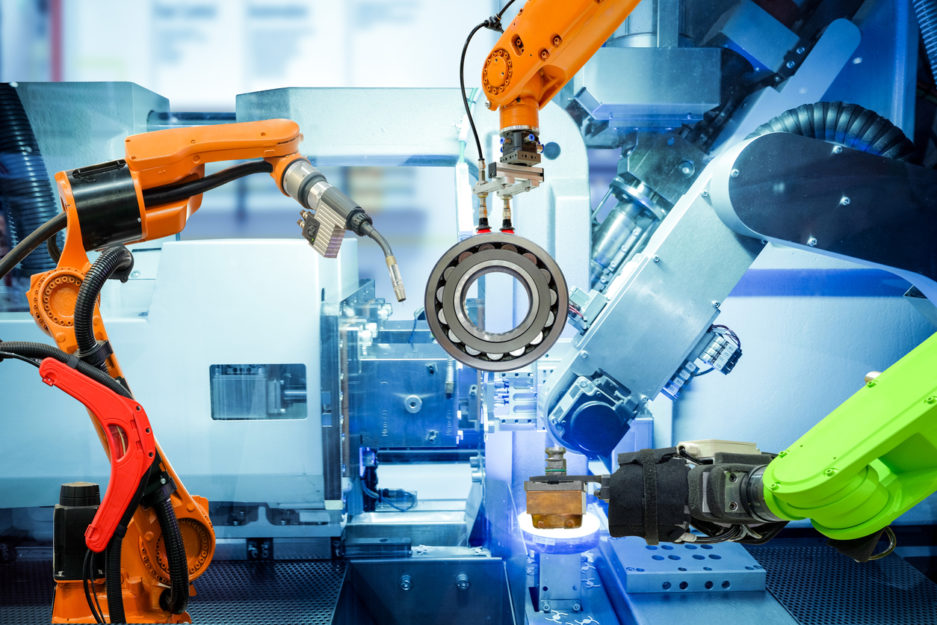What You Need to Know About “Made in China 2025”
U.S. trade policy toward China under the Trump Administration is heavily focused on addressing the perceived unfairness and competitive disadvantages created by China’s industrial policies, chief among them, Made in China 2025. Here’s your Essential graphic on the policy’s core components.



